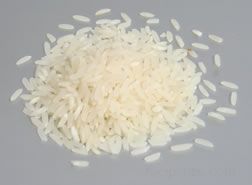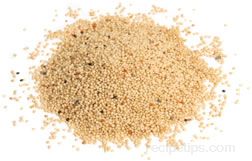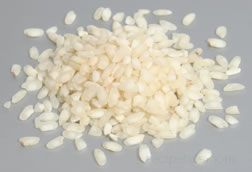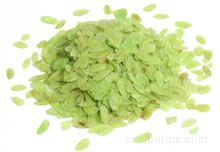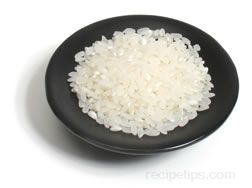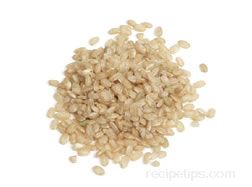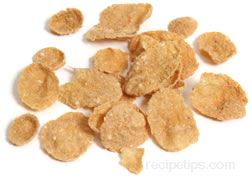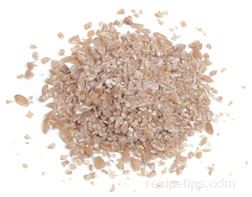|
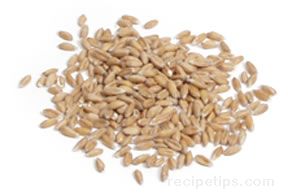
The many types of grains that are used for food have much in common despite the differences in size, color, texture, and flavor. All grains are the seeds of the plants, and the composition of the seeds or grains is basically the same. There are three components that are common to all types of grain: bran, germ, and endosperm.
- Bran
The bran consists of the nutrient packed layers covering the inner kernel that may or may not be used, depending on the type of product that is processed from the grain. Bran is basically indigestible, but it is loaded with fiber, which is important for maintaining digestive health.
- Germ
The germ is the oily part of the seed or kernel from which a new plant sprouts, and like the bran, it is loaded with nutrients. The germ also contains fat, which decreases the shelf life of the grain and any grain product containing the germ.
- Endosperm
The endosperm, or inner kernel, is the largest portion of the grain, containing most of the protein and carbohydrates but only small quantities of vitamins and minerals. For many types of grain products, such as refined flours, it is the only part of the grain that is used; therefore, products using only the endosperm are often lacking in essential nutrients. In grain products such as white flour (milled from the endosperm of wheat), vitamins and minerals are added to the product to boost the nutritional value. |






